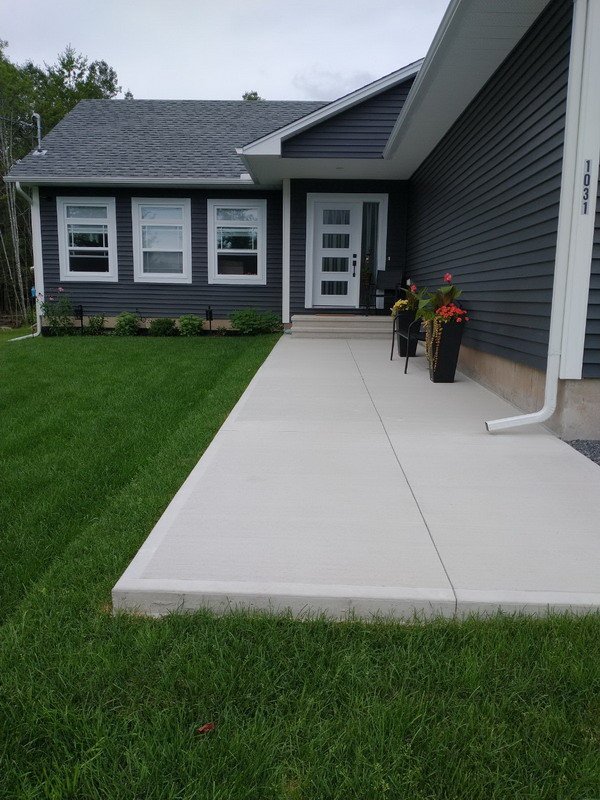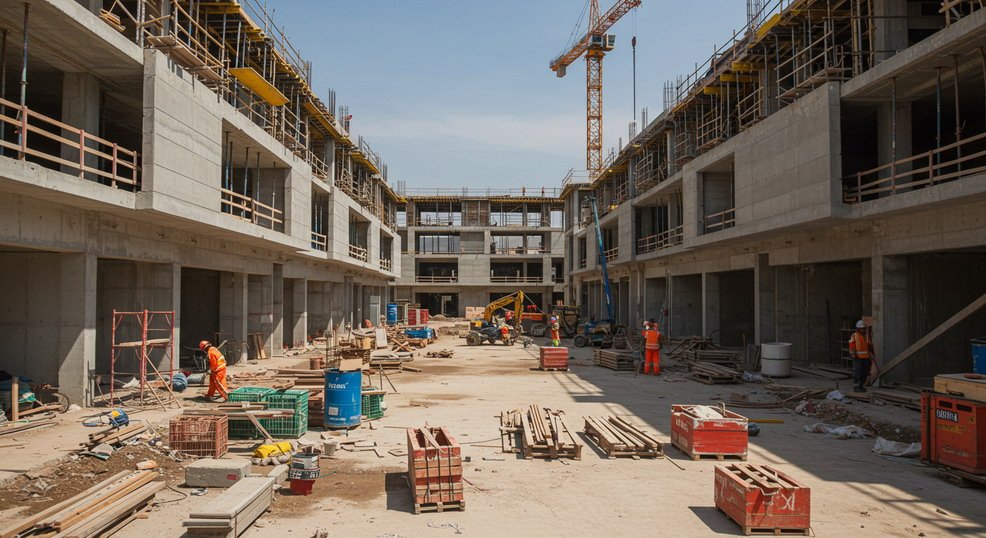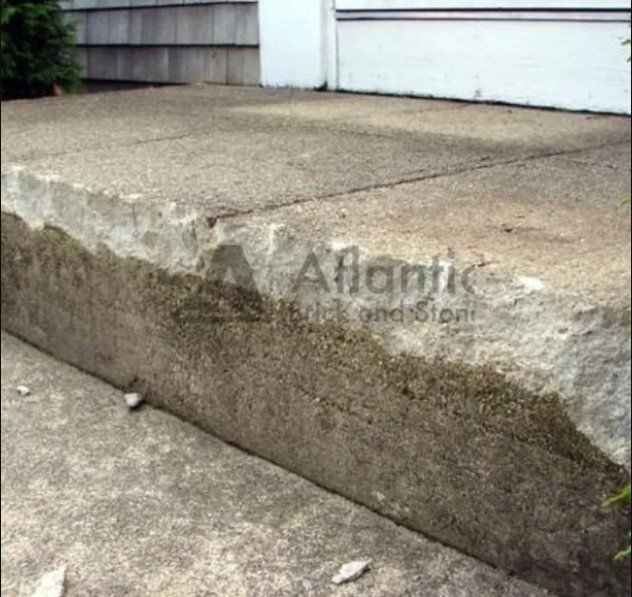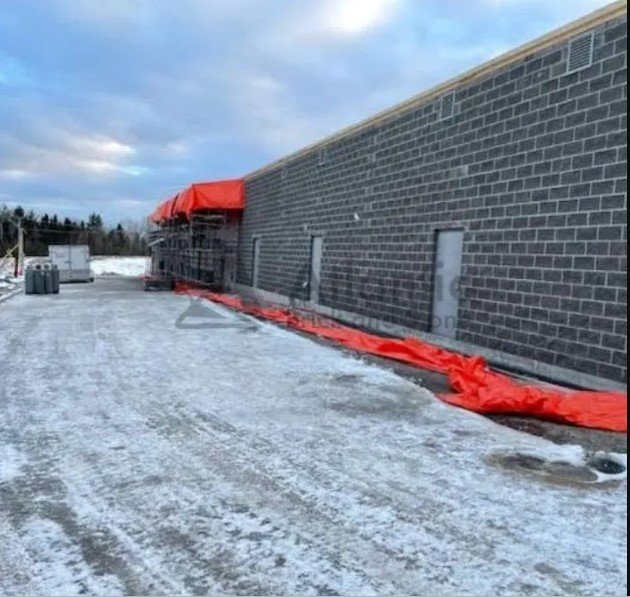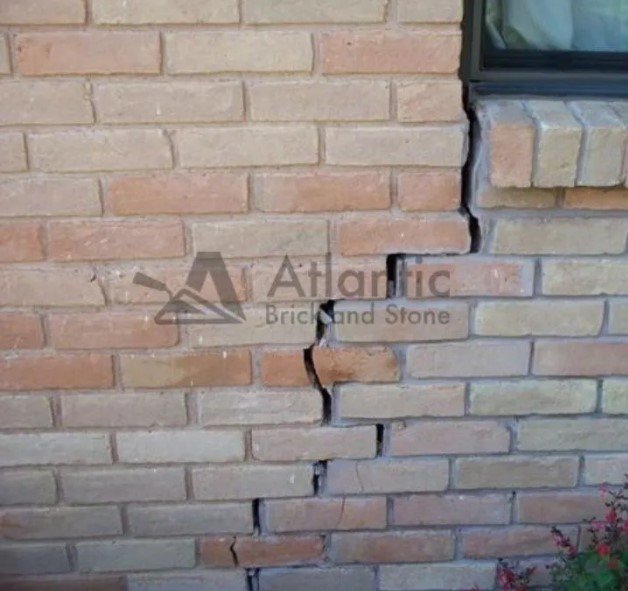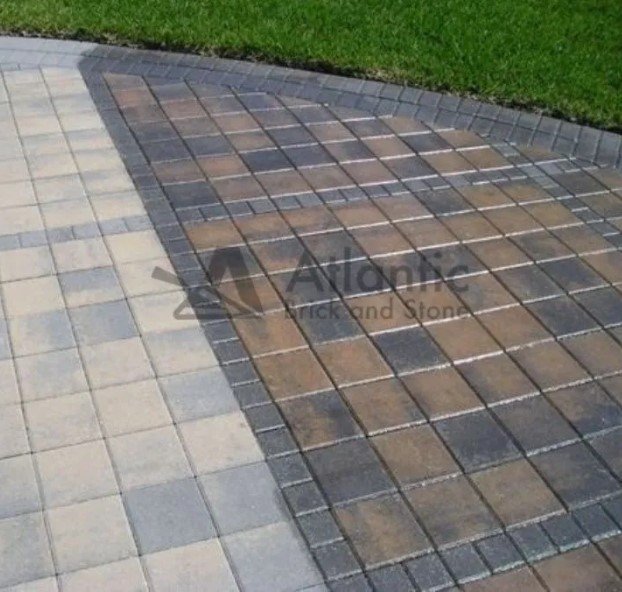Paver Stability – Sand and Gravel Base
Paver Stability – Sand and Gravel Base Creating an attractive yet durable outdoor paved space starts from the ground up. Before laying the first paver, ensuring a solid foundation is essential. This guide will take you through everything you need to know to build a long-lasting base for patios, walkways and more using sand and gravel. Learn why these versatile materials are the optimal duo when used together, and how to choose the right specifications for your unique project. Paver Foundations A well-installed foundation is truly the backbone of any paving project. It provides the necessary support and structure for withstanding loads from foot and vehicle traffic without causing costly issues like cracking or shifting over time. By taking the time to prepare your base properly, you’ll enjoy your new paver patio, walkway or driveway for its intended lifespan without needing expensive repairs. While it may be tempting to skimp on this preparatory step, a poor or absent foundation will become apparent sooner rather than later as surface-level issues emerge. Sinking, cracking, weeds growing between joints – all of these problems and more can be avoided by addressing foundation quality upfront. Think of your base much like the drywall or subfloor in a home – a critical but invisible system that enables the superior function and appearance of the final finish. Sand and Gravel – The Essential Duo When it comes to choosing the right base materials, a combination of concrete sand and gravel works best in most applications. Together they form a flexible yet long-lasting base that disperses pressure effectively. Let’s explore how each component contributes uniquely to paver stability: Gravel plays the role of the “backbone” in the system. Its larger aggregate size and angular shape lock together when compacted, forming a sturdy yet porous structure that allows for drainage. Different gravel sizes are suitable for various projects – smaller for walkways, and larger for high-traffic areas like driveways. On its own, gravel can be uneven and allow for more movement. This is where a layer of finely graded sand comes in. Its smaller particles essentially “fill in the gaps” left between gravel pieces, creating a smooth, level surface for placing pavers. The sand also acts like a cushion. Its flexibility allows for some minor settling without causing issues. Combined with the stable gravel below, your paved area now has shock-absorbing resilience to withstand impacts from foot traffic or other forces. In short – gravel provides strength and structure while sand fine-tunes the surface for precise paver alignment and a cushioned protective layer. Using both yields optimal stability and performance. Benefits of Using Sand and Gravel Together There are clear advantages to incorporating both sand and gravel as companion materials in your paver foundation: The void spaces between larger gravel pieces allow excess water to drain efficiently beneath the paved surface. Combined with compaction, this creates a highly stable base structure. Together the components effectively spread-out pressures from foot, or even light vehicle traffic to avoid surface damage to pavers over time. Gravel locks the base in place while sand’s cushioning quality helps prevent minor settling from causing cracks or gaps. Using readily available gravel and sand extracted locally makes for an affordable yet professionally installed foundation system. With their different properties working in tandem, these two materials provide the steady, resilient base any paved area needs to withstand everyday use for many years to come. Recommended Thicknesses for Foundation Layers Proper layer depths are also important to consider. Different projects require varying amounts of gravel and sand according to anticipated loads and uses. As a general guideline: For patios and walkways: 6 inches of compacted gravel – This allows for adequate drainage and weight distribution from foot traffic. 1 inch layer of sand – A thin sand layer is all that’s needed for leveling and jointing pavers at this smaller scale. For driveways: 8-10 inches of gravel base – The increased depth from larger aggregate offers sturdiness to withstand vehicular loads. 1 inch of sand – The sand layer serves the same purpose, though depth remains consistent regardless of the project size. When laying your gravel, be sure to slope it slightly away from the home or building to allow for proper water runoff. For both materials, take time to compact well in thin lifts for maximum density. This helps eliminate any voids or air pockets that could lead to shifting over time. Troubleshooting Common Paver Base Issues No project installation goes perfectly all the time, so it helps to understand potential issues and their solutions. A few common foundation-related problems include: Compaction issues lead to settling – For large, dense areas, consider re-compacting in thin layers with a plate compactor. Weed growth between pavers – Herbicides or adding a thin polymeric sand layer during installation can prevent this. Uneven settling over time – A fully compacted base and sufficient depth prevents this. If minor, topping up the jointing sand may fix it. Consulting local hardscape experts can also help remedy any foundation issues. Consulting with hardscapes professionals for your project in Fredericton If you’re hesitant about determining the right amounts or ensuring proper installation of your paver base materials, consider consulting with a hardscape contractor in Fredericton. They can evaluate your project specifics such as location, intended use, soil conditions and more to recommend foundations tailored for optimal performance and compliance with local building codes. In Fredericton, NB, Atlantic Brick and Stone offers top-rated hardscape installation services. As a full-service masonry repair contractor, we can guide you in choosing the most suitable base materials for your particular patio, walkway or driveway project. This includes recommending types and depths of gravel and sand, as well as ensuring its thoroughly compacted installation. Our team takes pride in installing pavers that last longer. Contact Atlantic Brick & Stone for a free estimate and consultation on your upcoming hardscaping needs. Things to Remember Preparing the right paver base may seem like merely a necessary step before enjoying your beautiful




